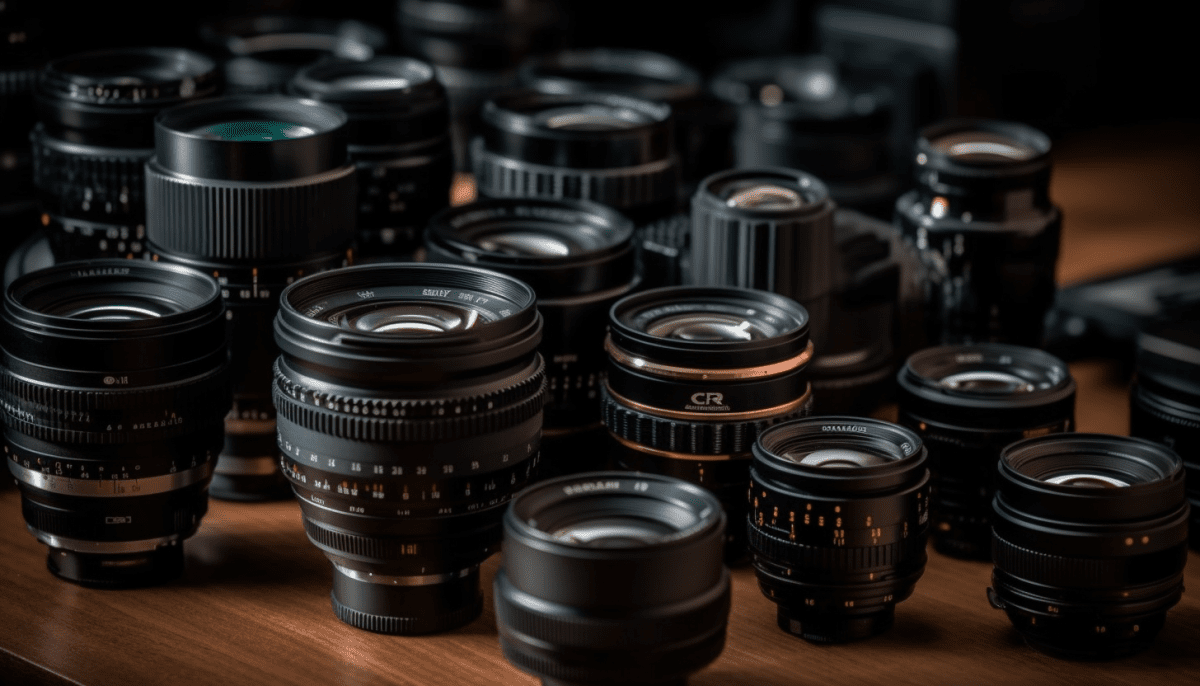Choosing the right lens can make a world of difference in your photography journey. With so many options out there, it can feel a bit overwhelming. But don’t worry! Let’s break it down so you can find the perfect lens for your needs.
First, think about the type of photography you enjoy the most. Are you capturing landscapes, portraits, or maybe street photography? Each style has its preferred lens type. For example:
Next, consider the aperture size. A wider aperture (lower f-number) allows more light into the lens. This is key for shooting in low light or when you want that nice background blur. If you plan to shoot in various lighting conditions, look for lenses with a f/2.8 or lower aperture.
Lastly, think about your budget. While some lenses can be pricey, there are plenty of affordable options that deliver great results. It’s all about finding the right balance between quality and cost. Don’t forget to check for reviews and real user experiences to ensure you’re making a smart choice!
Understanding Lens Types and Their Uses
When it comes to capturing stunning photos, the type of lens you choose can make all the difference. Not all lenses are created equal, and understanding the various lens types is key to getting the best out of your camera. Let’s break it down!
Prime Lenses are fixed focal length lenses, meaning they don’t zoom in or out. They’re often lighter and can deliver amazing image quality, especially in low light. If you want sharper images and a beautiful background blur (bokeh), a prime lens is a fantastic choice. Popular focal lengths like 35mm or 50mm are great for portrait and street photography.
Zoom Lenses provide flexibility since they allow you to zoom in and out without changing lenses. They’re perfect for capturing a variety of scenes without the hassle of switching gear. Whether you're shooting landscapes or portraits, a zoom lens like a 24-70mm can cover a lot of ground. Just keep in mind that the image quality may not match a prime lens in some cases!
Wide-Angle Lenses are wonderful for landscapes and architecture because they let you capture more of a scene. With a shorter focal length (like 16mm), these lenses can exaggerate perspective and make your shots feel more expansive. Just watch out for distortion at the edges, especially if you’re shooting straight lines!
Telephoto Lenses are great for getting up close to your subject without physically moving closer. This makes them ideal for wildlife photography or sports events where you need to keep your distance. With a focal length of 70mm to 300mm or more, these lenses compress the background and help isolate your subject beautifully.
Tips for Using Lenses Like a Pro
Using camera lenses like a pro isn’t just about having the best gear; it’s also about knowing how to make the most of what you have. Here are some practical tips to elevate your photography game.
1. Understand Your Lens Types: Each lens serves a different purpose. For example, a wide-angle lens is great for landscapes or tight spaces, while a macro lens is perfect for close-up shots of small objects. Familiarize yourself with the focal lengths and what they do. You'll find the right lens can make all the difference in capturing the shot you envision.
2. Experiment with Aperture: Don’t be afraid to play around with aperture settings. A wider aperture (like f/1.8) lets in more light and gives you that beautiful blur in the background, known as bokeh. On the other hand, a smaller aperture (like f/11) keeps more of the scene in focus, which is great for landscapes. Try different settings to see how they change your images.
3. Keep Your Lens Clean: An unclean lens can ruin a great photo. Dust, smudges, and fingerprints can lead to hazy or blurry images. Invest in a nice lens cleaning kit and make it a habit to clean your lens before and after shoots. It’ll keep your photos sharp and clear.
4. Use Manual Focus: While auto-focus is handy, taking control with manual focus can really help in tricky lighting situations or when you're shooting close-ups. It gives you precision and allows you to play with depth of field creatively. Don’t shy away from switching things up!
Caring for Your Camera Lens Effectively
Keeping your camera lens in top shape is key to capturing those stunning photos you dream of. A little regular care goes a long way, and it’s pretty easy once you get the hang of it. Here’s how to effectively care for your camera lens.
First things first, always use a lens cap when your camera isn't in use. It might seem simple, but this little step can prevent dust, scratches, and other debris from ruining your glass. If you’re shooting outdoors, consider using a UV filter. This not only protects the lens but can also improve your shots on sunny days.
Cleaning your lens is necessary but should be done with care. Start by gently blowing away any loose dust. A lens brush or a microfiber cloth is perfect for this. For fingerprints or smudges, use a lens cleaning solution specifically made for camera lenses and a clean microfiber cloth. Never use regular glass cleaner; it can damage your lens coating.
If you're ever shooting in wet or humid conditions, be extra cautious. Wipe off any moisture immediately after your shoot, and let the lens dry naturally. Avoid switching lenses in dusty or overly humid environments if you can. If you do, try to point your camera downward to reduce the chance of dust getting inside.
Lastly, store your lens properly. Keep it in a padded camera bag with silica gel packs to absorb moisture. Make it a habit to check your gear before you head out, ensuring your lens is clean and ready to go. Taking these simple steps can help you maintain your lens and capture beautiful images for years to come.

